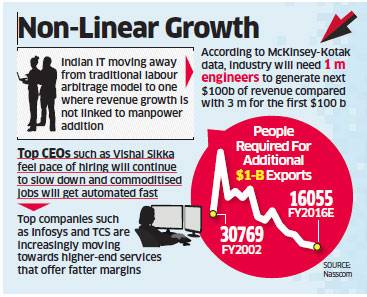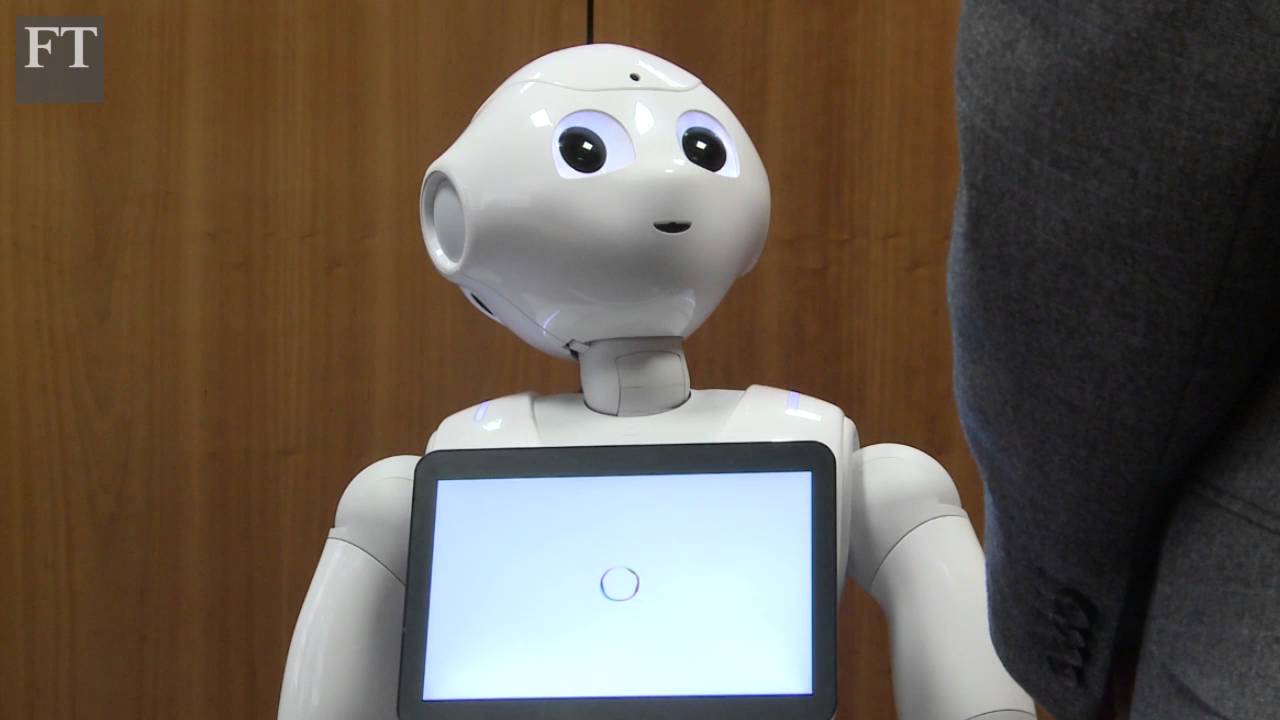Apr 28, 2016
Robot monk helps spread Buddhism in China
Posted by Karen Hurst in categories: entertainment, robotics/AI
Luv this.
He too wears a golden robe and sings chants.
Continue reading “Robot monk helps spread Buddhism in China” »

Luv this.
He too wears a golden robe and sings chants.
Continue reading “Robot monk helps spread Buddhism in China” »
Hmmm;
The latest figures are a clear sign that India’s largest outsourcing firms are succeeding at ‘non-linear’ growth, where revenues increase disproportionately compared with hiring.

A dark web eBay. Wonder if there is an aliexpress on the Dark Web? What’s their PayPal version?
A middleman for all the digital criminal’s needs.
There’s a website on the Dark Web offering to store Dox and accept a ransom payment to have it removed; provided the person responsible for uploading the information pays a commission and a processing fee to the website for services rendered.
In addition, it also provides a Doxing-as-a-Service platform, which promises to collect a complete profile on a person for $150.
The website is Ran$umBin (Ransom Bin). Designed to be friendly, easy to use extortion service, its existence was brought to Salted Hash’s attention by Cymmetria’s head of threat intelligence research, Nitsan Saddan. For those not familiar, Cymmetria is a cyber deception startup founded by Gadi Evron and Dean Sysman.
Continue reading “Website offers Doxing-as-a-Service and customized extortion” »

A virtual classroom on the dark web aims to boost the cyberskills of those who want to join the collective known as Anonymous.

https://youtube.com/watch?v=NiwbMTI38oM
China’s love of robots.
The Ying Ao sink foundry in southern China’s Guangdong province does not look like a factory of the future. The sign over the entrance is faded; inside, the floor is greasy with patches of mud, and a thick metal dust — the by-product of the stainless-steel polishing process — clogs the air. As workers haul trolleys across the factory floor, the cavernous, shed-like building reverberates with a loud clanging.
The familiar H2O molecule may take a strange, ringlike form.
By Philip Ball, ChemistryWorld on April 28, 2016.
Hmmm; hope others are seeing this. Imagine a suit/ gear that makes soldiers unstoppable.
The demonstration is quite the spectacle, but maybe not as dangerous as it looks.
RPI’s new material takes semiconducting transistors to new levels.
Two-dimensional phosphane, a material known as phosphorene, has potential application as a material for semiconducting transistors in ever faster and more powerful computers. But there’s a hitch. Many of the useful properties of this material, like its ability to conduct electrons, are anisotropic, meaning they vary depending on the orientation of the crystal. Now, a team including researchers at Rensselaer Polytechnic Institute (RPI) has developed a new method to quickly and accurately determine that orientation using the interactions between light and electrons within phosphorene and other atoms-thick crystals of black phosphorus. Phosphorene—a single layer of phosphorous atoms—was isolated for the first time in 2014, allowing physicists to begin exploring its properties experimentally and theoretically. Vincent Meunier, head of the Rensselaer Department of Physics, Applied Physics, and Astronomy and a leader of the team that developed the new method, published his first paper on the material—confirming the structure of phosphorene—in that same year.
“This is a really interesting material because, depending on which direction you do things, you have completely different properties,” said Meunier, a member of the Rensselaer Center for Materials, Devices, and Integrated Systems (cMDIS). “But because it’s such a new material, it’s essential that we begin to understand and predict its intrinsic properties.”
Continue reading “Exploring phosphorene, a promising new material” »
Blockchaining coming to healthcare digital services.
Blockchain and digital health services could be a perfect match for each other across a variety of applications. From distributed interoperable health records to proof of adherence for medication, the healthcare industry is ripe for digital innovation. More generally, technology is a hyper-deflationary force, and this could be particularly effective in delivering quality health care through more effective channels such as mobile apps.
Investments in the digital health space have increased significantly in the past two years. This is largely possible because of improved low-power sensors and user-friendly cloud platforms that interface with those hardware devices. The Rock Health Funding Database shows a $4.5 billion increase in venture funding in digital health from 2014 to 2015.
Continue reading “Blockchain Smart Contracts: A Hyper-Deflationary Force for Health Care Delivery” »
